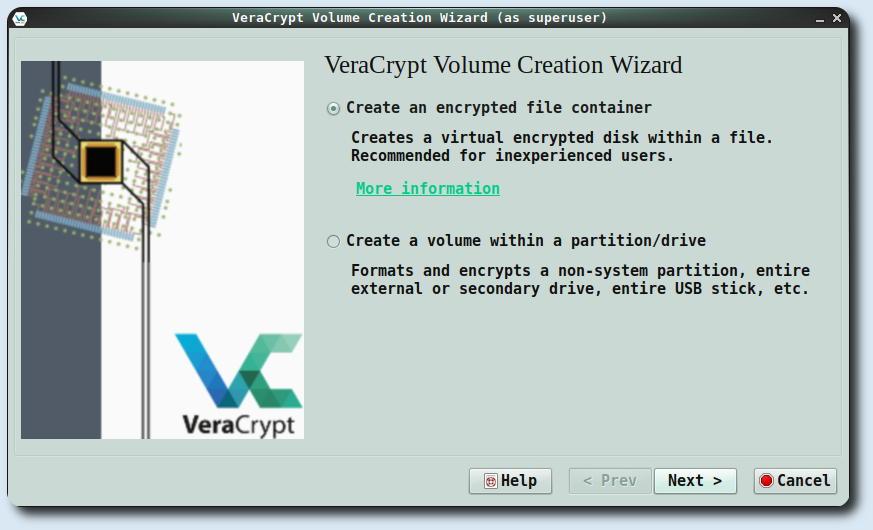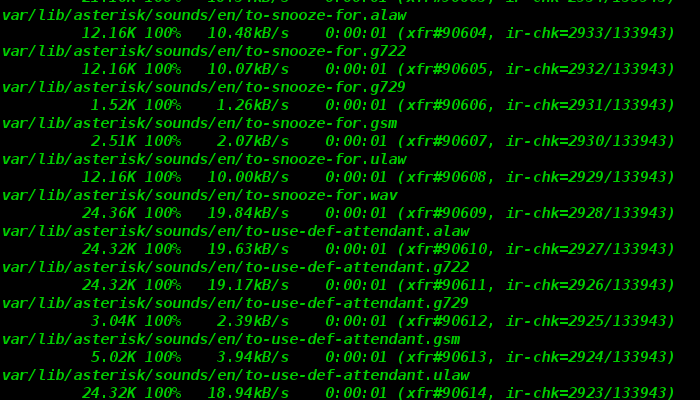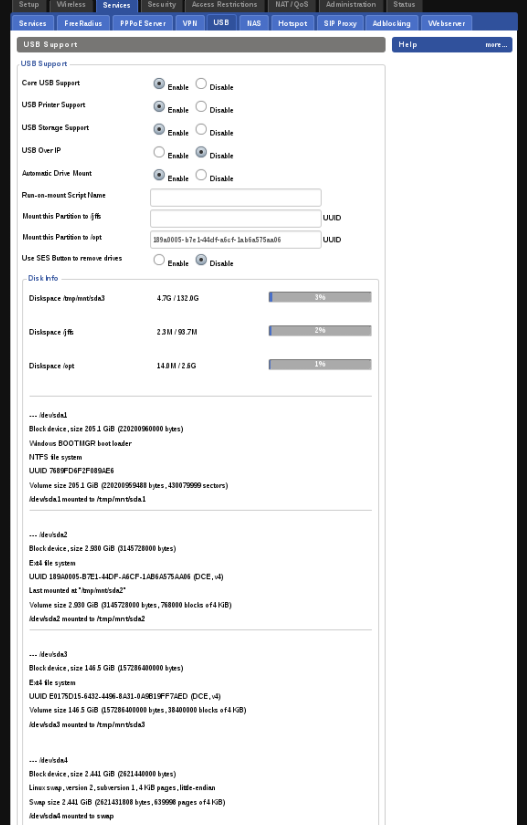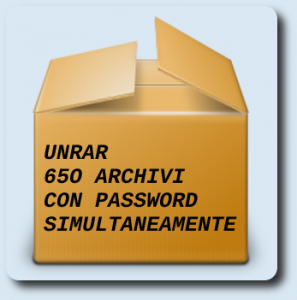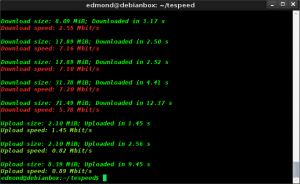Installare Bumblebee-Nvidia su Debian 9 Stretch
Oramai tutti i nuovi laptop hanno la doppia scheda video Intel e Nvidia, e quindi si può installare Bumblebee che supporta i laptop con tecnologia NVIDIA Optimus Praticamente si fa il rendering con Nvidia che sarà visalizzata con la scheda Intel.
Per identificare le schede:
$ lspci | grep VGA
Installazione:
# apt-get install bumblebee-nvidia primus
# dpkg --add-architecture i386
# apt-get update
# apt-get install bumblebee-nvidia primus primus-libs:i386
se si usa anche sudo aggiungere il proprio nome utente al gruppo bumbeblee:
sudo adduser $USER bumblebee
sudo reboot
per testare scheda intel:
$ glxgears -info
per testare scheda nvidia:
$ optirun glxgears -info
Errore:
dopo aver lanciato optirun io ho avuto l'errore:
error aborting because fallback start is disabled
che si risolve modificando la voce AllowFallbackToIGC in /etc/bumblebee/bumblebee.conf
$ sudo nano /etc/bumblebee/bumblebee.conf
e modificare da:
AllowFallbackToIGC=false
a
AllowFallbackToIGC=true
enjoy 😉


